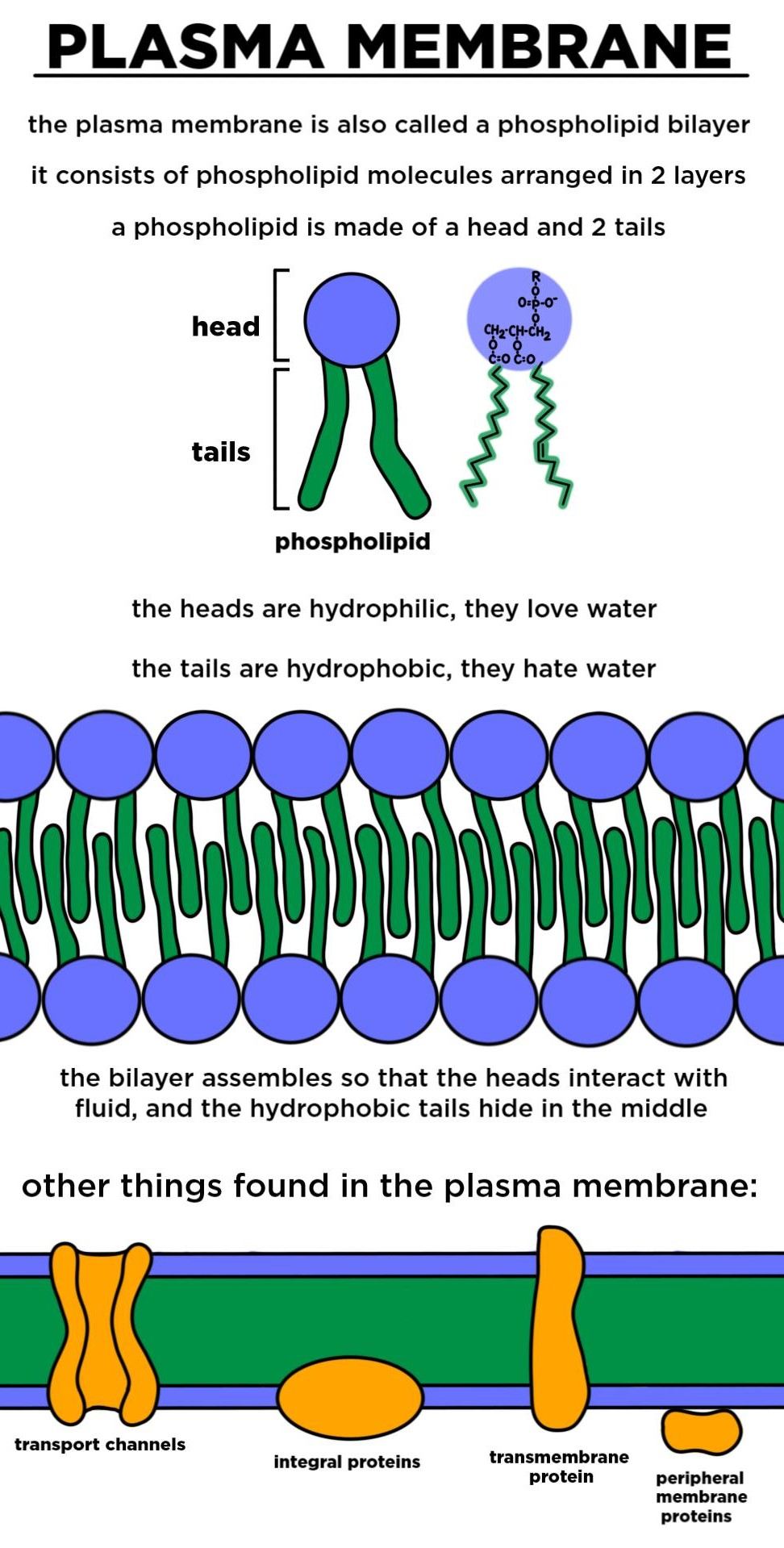Cell Membrane Definition Simple

The structure separating an animal cell from its environment or a plant cell from its cell wall.
Cell membrane definition simple. The cell membrane also known as the plasma membrane is a double layer of lipids and proteins that surrounds a cell. This membrane separates the inside of a cell from the outside environment. It separates the cytoplasm the contents of the cell from the external environment.
Its basic job is to separate the inside of cells from the outside. 2 The Cell Membrane I 11 several micrometers per second. In the plant cell it is covered by a cell wall outermost covering in plant cell.
The cell membrane is a continuous sheet that separates the inner part of the cell from the external environment. An example of a cell membrane is the protective layer around a skin cell. The cell membrane is 7510 nm in thickness.
Plasmalemma or plasma membrane. It is sometimes called the plasma membrane or cytoplasmic membrane. It protects the cell from the external environment.
Cell membrane also called plasma membrane thin membrane that surrounds every living cell delimiting the cell from the environment around it. The cell membrane also known as the plasma membrane PM or cytoplasmic membrane and historically referred to as the plasmalemma is a biological membrane that separates the interior of all cells from the outside environment the extracellular space which protects the cell from its environment. The cell membrane is also known as the plasma membrane or plasmalemma.
Several membrane transport processes and enzyme activities depend on the optimum fluidity of the cellular membrane. The cell membrane also called the plasma membrane is found in all cells and separates the interior of the cell from the outside environment. The thin membrane that forms the outer surface of the protoplasm of a cell and regulates the passage of materials in and out of the cell.











/pinocytosis-594d611e5f9b58f0fc2c5b8f.jpg)
/endocytosis-5ad64d57c0647100386364bb.jpg)




:max_bytes(150000):strip_icc()/endocytosis_pinocytosis-5ad652db1f4e130038c4847b.jpg)
